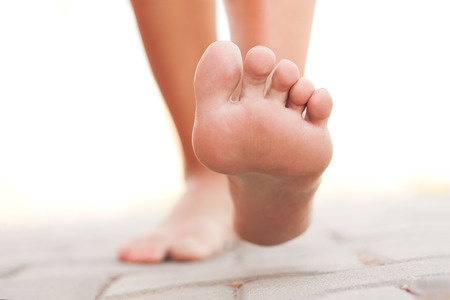Do You Suffer from a Hammertoe?
One of the more common conditions that we at Goldsmith Podiatry treat is hammertoe. Although identifying a hammertoe is fairly easy due to the telltale bend in the toe that makes it look like a hammer, that’s where many patients’ knowledge about this disorder ends.
Below are some facts you should know:
Hammertoes are progressive—this means that without treatment they will continue to get worse. In its early stages, a hammertoe may appear bent but still be flexible and able to bend. As time goes on, range of motion will decrease, and the toe will become rigid and frozen into the bent positions. For this reason, it’s important to make an appointment at our New York City office so that one of our podiatrists, Dr. Howard Goldsmith or Dr. Rosanna Troia, can examine your toe and determine the best course of treatment.
It’s not just about appearance—hammertoes not only look unsightly, they can eventually become quite debilitating. The bent toe will not fit into shoes properly and the constant rubbing up against the front of footwear will result in painful calluses and corns. In the end, walking can become very difficult.
Hammertoes are not generally preventable—this condition is usually caused by a muscle/tendon imbalance that develops as a result of structural changes in the foot that happen over time. It can also occur if you have one toe that is longer than the other, trauma or arthritis. The biomechanical tendencies can be inherited. You can, however, exacerbate or speed the progression of a hammertoe by wearing shoes that have narrow toe boxes.
Treatment is available—the foot doctor will first want to assess how far your hammertoe has progressed. X-rays may be ordered to get a better idea of the condition of the toe joint and also for comparison to monitor the hammertoe in the future. A wide range of treatment options are available, including orthotics, splinting, physical therapy, padding and medications to both correct the position of the toe and relieve pain and inflammation. In some cases, surgery may be the best option.
To learn more about hammertoe, contact us by calling: (212) 877-1002.

